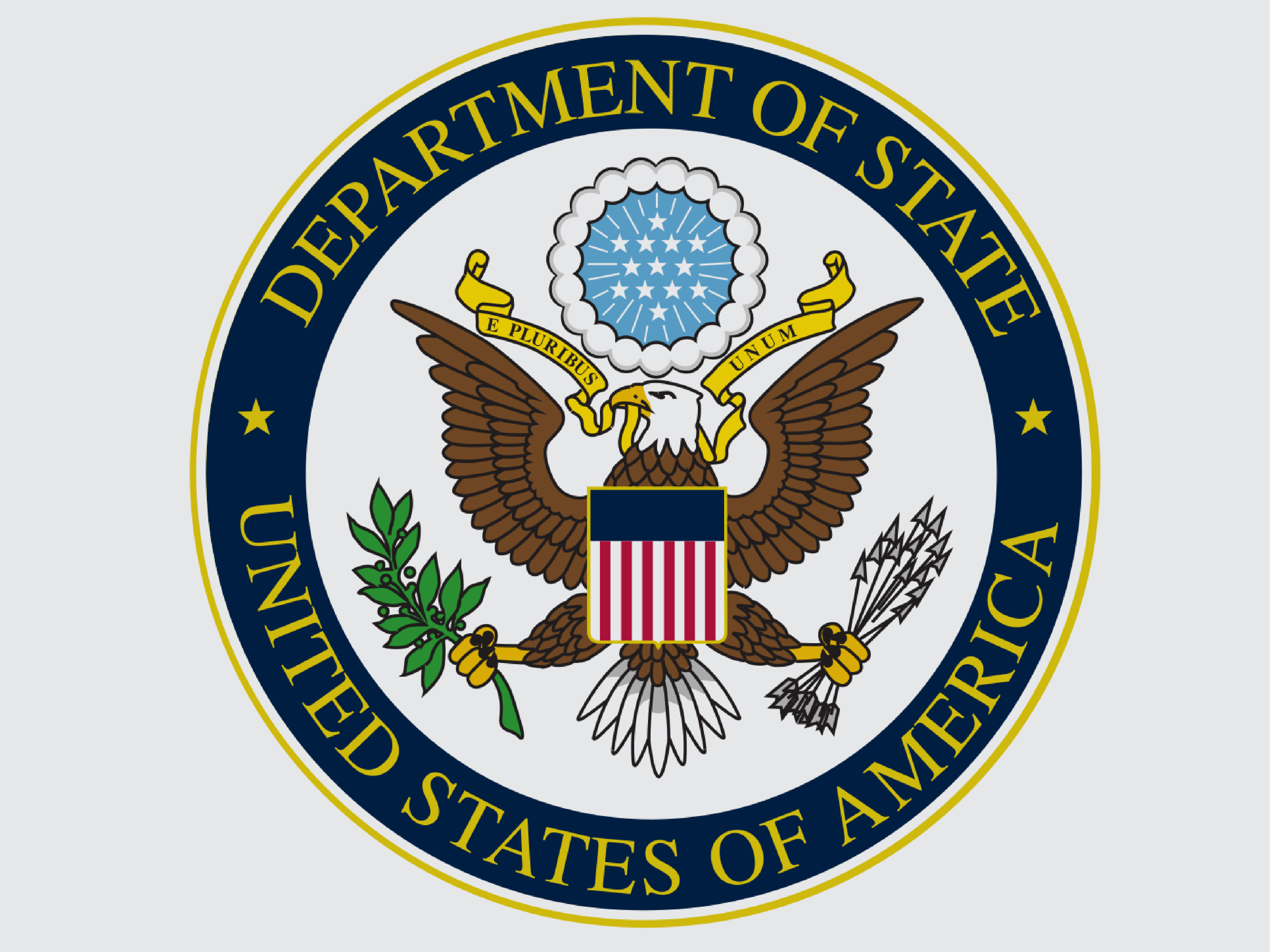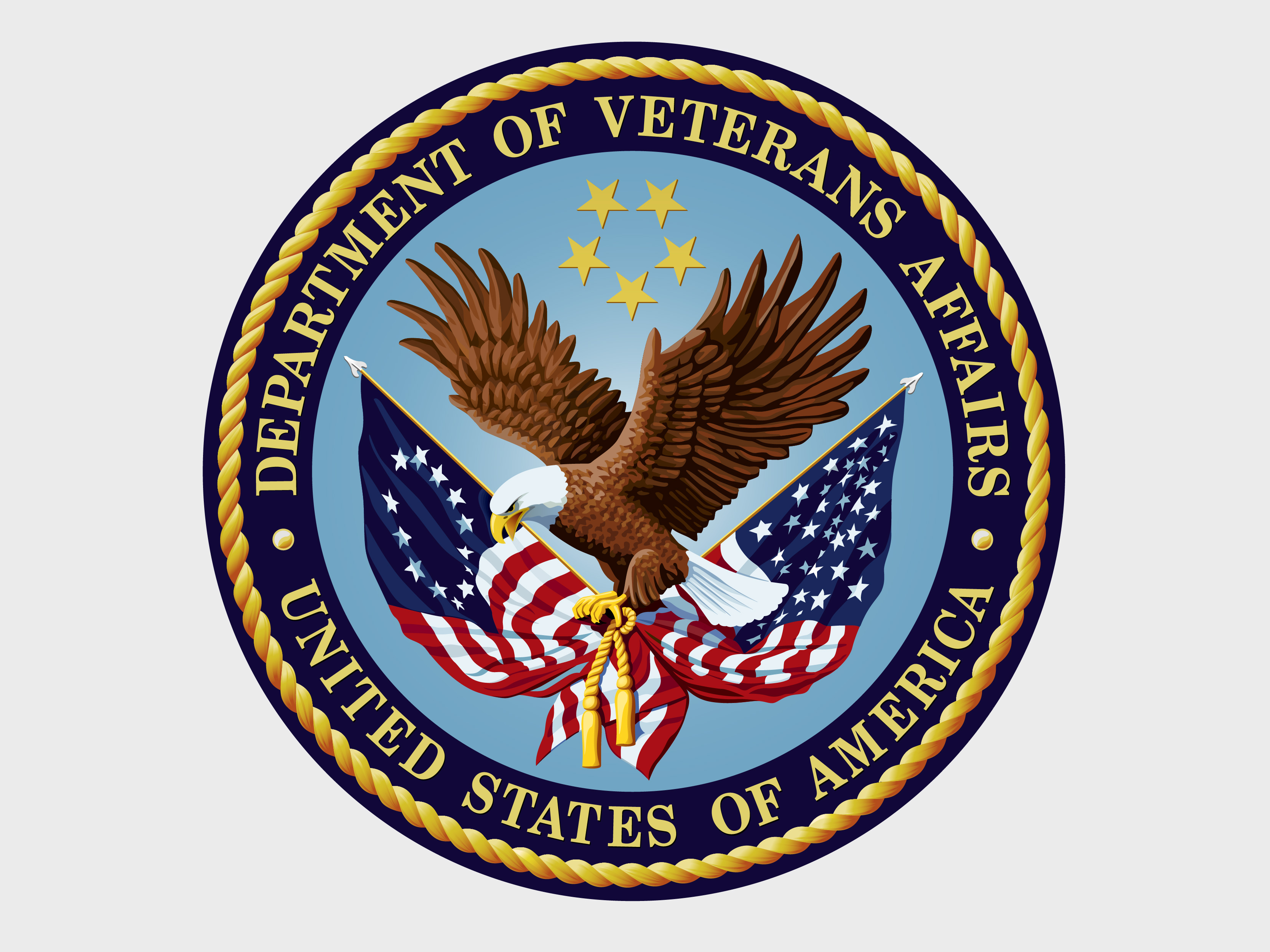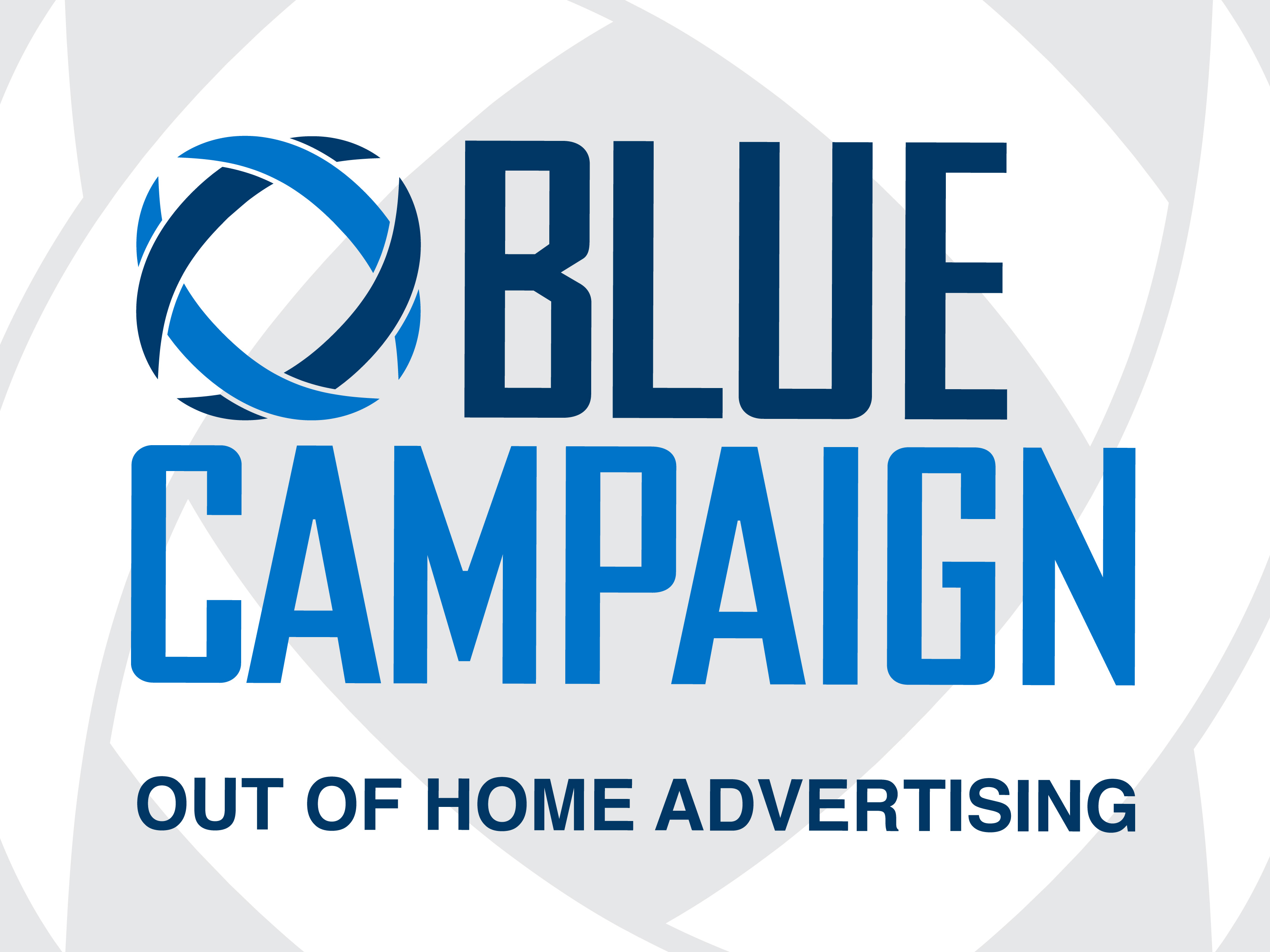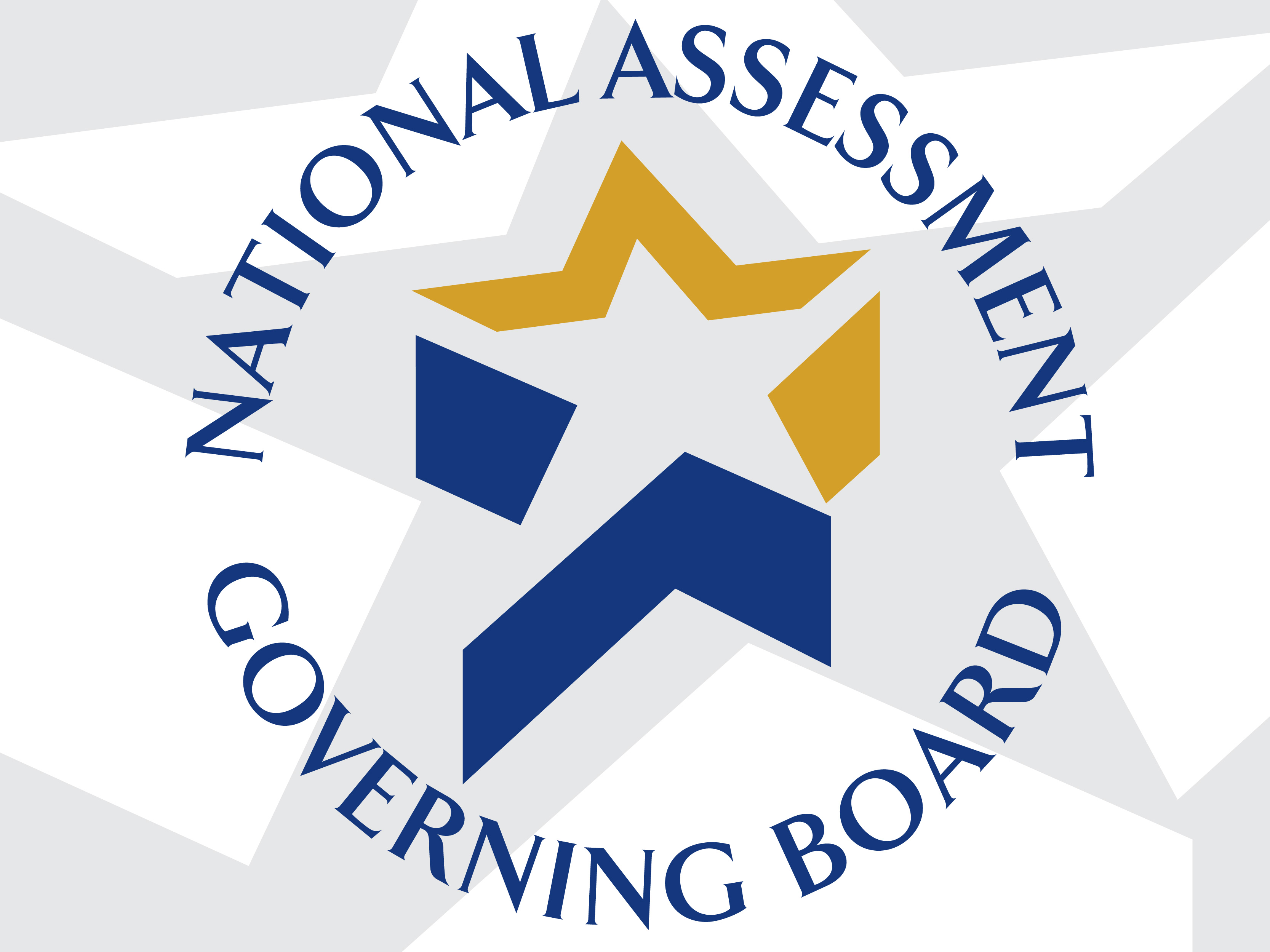DHS Blue Campaign – Digital Advertising
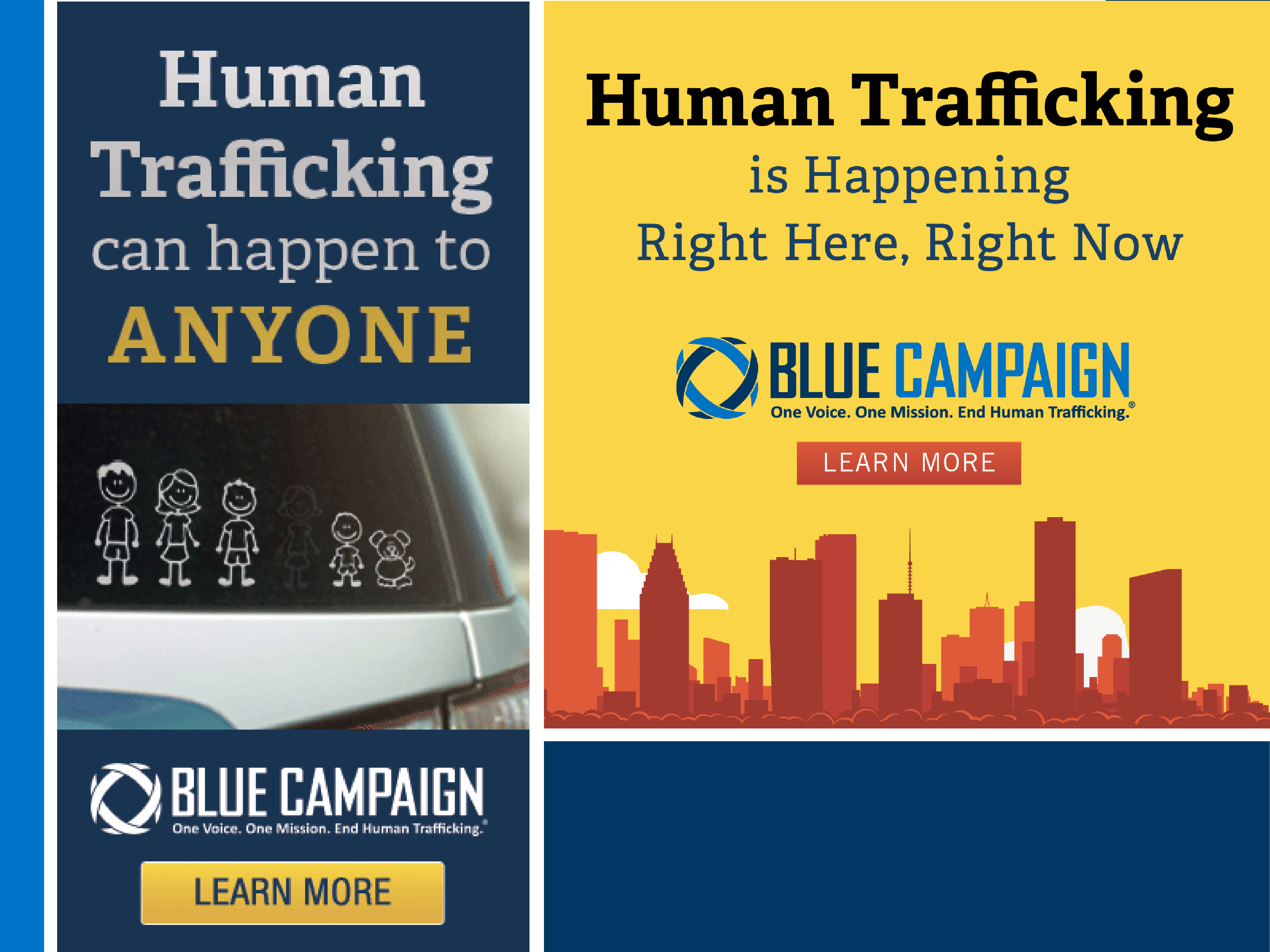
Challenge
Human trafficking happens across the United States – in cities, suburbs, and rural areas – and people often do not recognize the signs. The Department of Homeland Security created the Blue Campaign, a public education campaign, to increase awareness that human trafficking happens in our country, while teaching how to recognize and report this heinous crime.
Digital advertising is one component of our multi-faceted communications strategy, which includes partnership outreach and engagement, materials development and distribution, out-of-home (OOH) advertising, content creation, among others.
Approach
Nationwide Strategy: We wanted to raise awareness among the general public with an emphasis in priority cities and areas with higher rates of human trafficking. To reach these cities and audiences, we used a combination of tactics, reaching individuals where they were already spending time – online and on their mobile devices. Using display, keyword, native, audio (i.e., Pandora, Spotify), and video (i.e., YouTube) advertising, our messages urged the public to learn more about human trafficking and to take an active role in ending it.
During the campaign, we made frequent optimizations based on performance analytics to ensure metrics were improving. We focused specifically on driving traffic to the website, increasing website user engagement, advertisement impressions, and video views of the public service announcement.
Special Events Strategy: Certain events are known to create temporary human trafficking spikes due to the large influx of people attending, such as the Super Bowl, NCAA Tournament, Kentucky Derby, Indianapolis 500, and Myrtle Beach Bike Week. We not only targeted visitors before their arrival on travel-related websites, like Expedia, but upon arrival we ran hyper-local display, audio, video and keyword advertising campaigns to place awareness top-of-mind. During the Super Bowl, we also placed advertisements directly on ESPN.com, targeting the Houston area (site of the 2017 Super Bowl).
Results
- We delivered over 185 million impressions from the nationwide campaign alone, which resulted in an average click through rate of 0.28 percent, which is more than four times better than the industry average of 0.06 percent.
- We secured another 51 million impressions during the special event campaign.
- We saw 52.4 percent of overall website traffic come from paid efforts, and that number has increased with each month, showing the public is receptive to our tactics.
- We increased average time on site for paid marketing traffic more than 500 percent, from 45 seconds to nearly four minutes.

